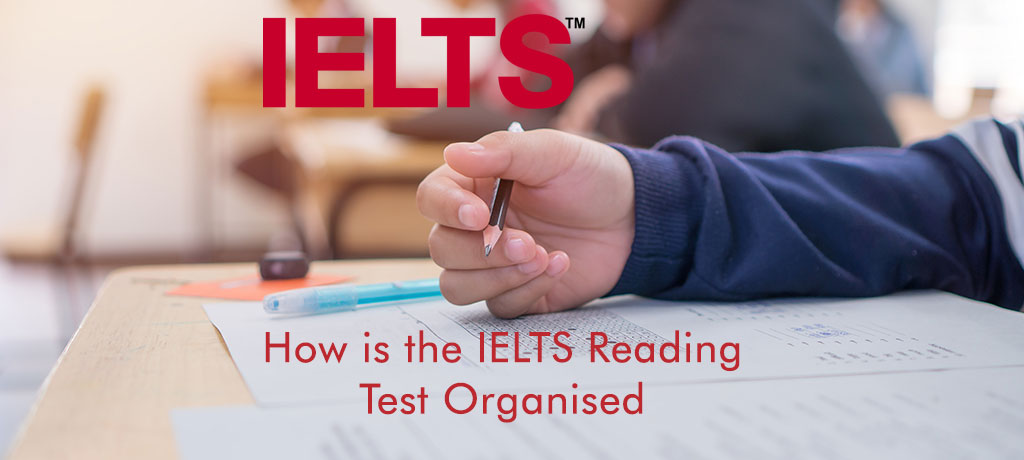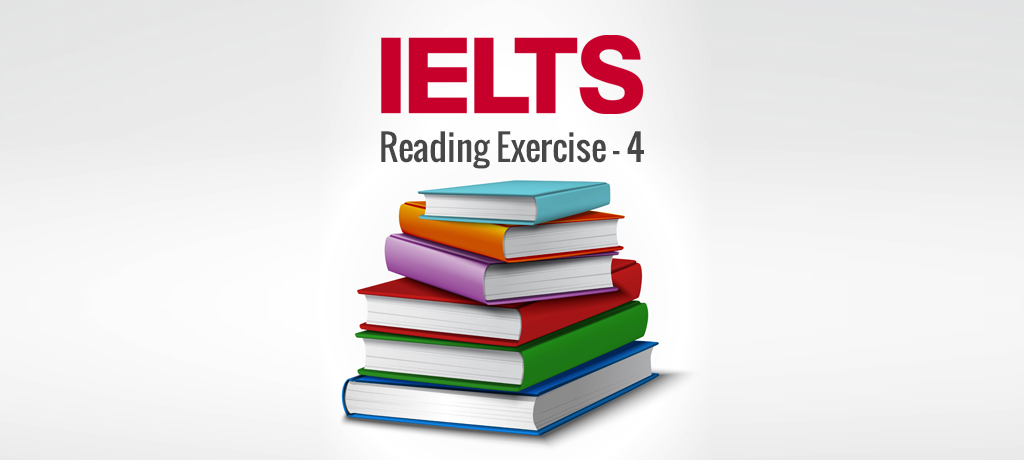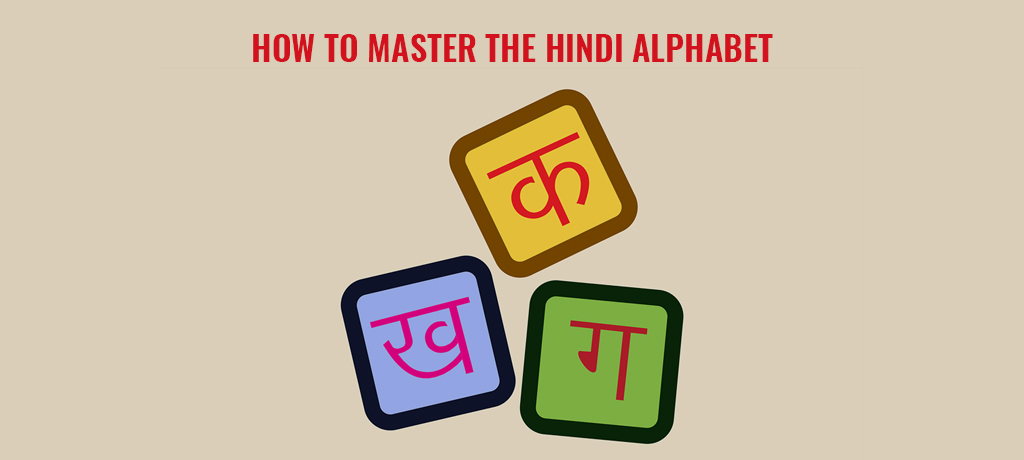There are two sections in the IELTS examination – reading and writing – which always steal the limelight for all the wrong reasons. All students find them difficult. So just to allay that fear, I thought, I would write a series of blogs to help students confront the IELTS academic reading test head-on.
In this first post, we arm ourselves with the facts and start to build a healthy relationship with IELTS reading. We look at how the academic reading test is organised, the source and structure of the passages and the format of the test.
The structure:
IELTS reading is the second test paper in the exam, taken after the IELTS listening test. The reading test consists of three and sometimes four passages. They are of increasing difficulty, that is, the first passage will be the easiest and probably the shortest, followed by a more difficult passage and so on.
There are 40 questions, which must be answered in 60 minutes. Each question is worth 1 mark.
About the passages:
Passages are sourced from books, journals, magazines and newspapers. They have been written for a non-specialist audience and are on academic topics of general interest. They are appropriate for, and accessible to, candidates entering undergraduate or postgraduate courses or seeking professional registration.
The passages range from the descriptive and factual to the discursive and analytical. Texts may contain non-verbal materials such as diagrams, graphs or illustrations. If texts contain technical terms, then a simple glossary is provided.
The format:
There are three and sometimes four passages each with a variety of questions using several task types.
Task types include; multiple-choice, identifying information, identifying the writer’s views/claims, matching information, matching headings, matching features, matching sentence endings, sentence completion, summary completion, note completion, table completion, flow-chart completion, diagram label completion and short-answer questions.
Test takers are required to transfer their answers to a separate answer sheet during the 60 minutes. No extra time is allowed for the transfer. Care should be taken when writing answers on the answer sheet as poor spelling and grammar are penalised.
Now you are familiar with how the reading test is organised tune into my more detailed posts aimed at improving your reading skills, breaking down the different task types and gain tips and tricks on how to solve them.
And as always if you have any insights, or questions to ask, please get in touch with us.







